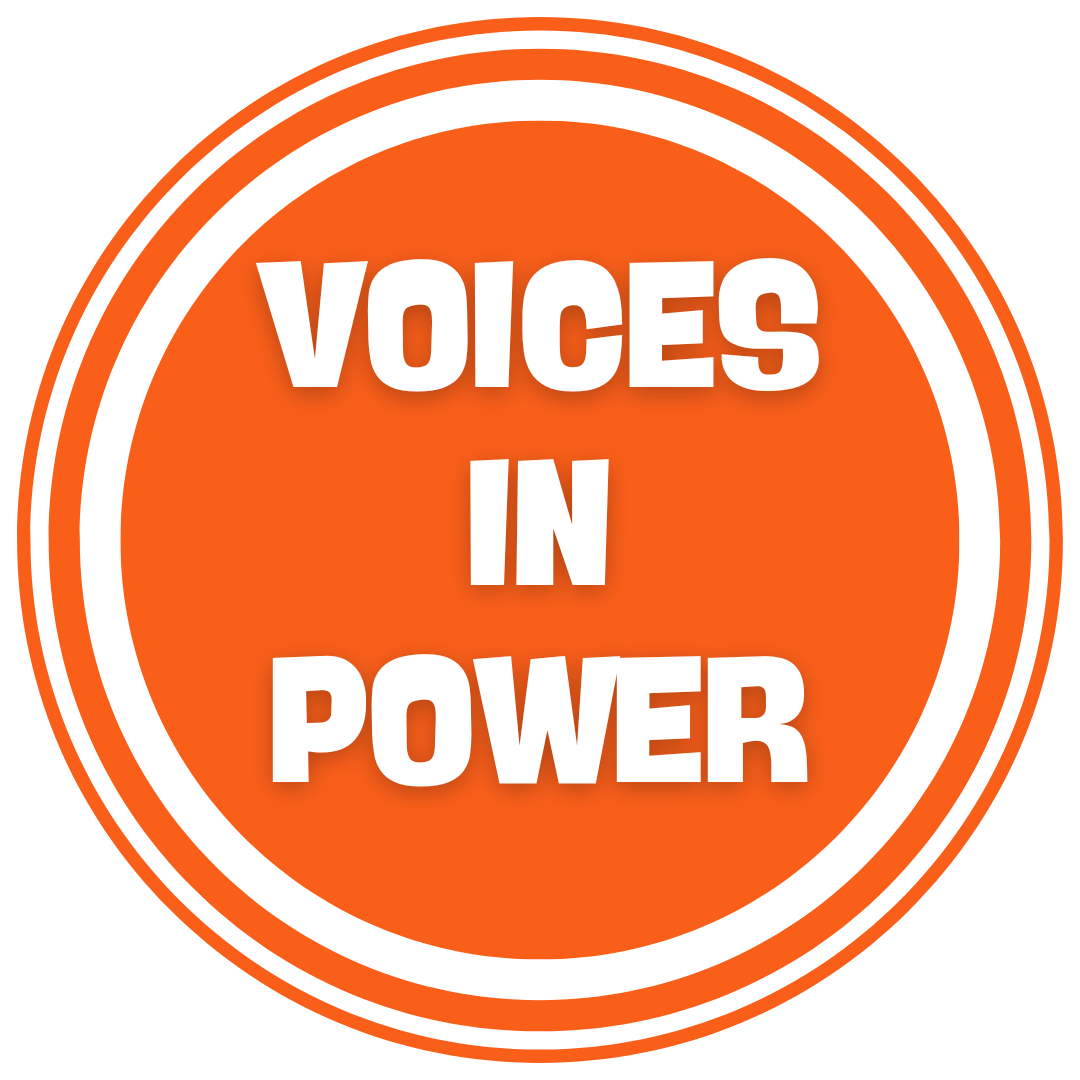Elevate Your Poetry Performance: The Art of Nonverbal Expression
Poetry is a dynamic art form that goes far beyond words on a page. When you step onto the stage as a poet, your body language, vocal delivery, & facial expressions become essential tools to convey your message & captivate your audience. In this blog post, we'll explore how to implement body language, changes in the levels & tones of your voice, & facial expressions to enhance your poetry performance & leave a lasting impact on your listeners.
The Power of Body Language:
Your body's a canvas for the emotions & stories within your poetry. Here's how to use body language effectively:
Gestures: Use your hands & arms to complement your words. A well-timed gesture can emphasize a point, convey emotion, or create visual imagery. For example, when describing a soaring bird, extend your arm as if it's taking flight.
Movement: Controlled movement across the stage can add depth to your performance. Walk closer to the audience to create intimacy & step back for dramatic effect. Let the movement flow naturally with the rhythm of your poem.
Posture: Your posture communicates confidence & presence. Stand tall (even if you’re short like me) & relaxed, with your shoulders back. Maintain eye contact with your audience, even if it's a large one.
Playing with Vocal Delivery: Your voice is your instrument in the world of poetry. Here's how to use changes in vocal levels & tones to create a captivating performance:
Volume: Adjust the volume of your voice to draw listeners in or create moments of intensity. A soft, hushed tone can be as powerful as a booming crescendo. Experiment with varying volumes to evoke different emotions.
Pace: The speed at which you deliver your lines can affect the mood of your performance. Slow down to build anticipation or emphasize a particular line, & speed up for excitement or intensity.
Pauses: Silence can be just as impactful as words. Strategic pauses allow your audience to reflect on your words & create tension & suspense. Use pauses for dramatic effect or to let your message sink in.
Facial Expressions: Your face is a canvas for emotions. Your facial expressions can enhance the emotional depth of your performance:
Eye Contact: Engage your audience by making direct eye contact. It establishes a connection & helps convey sincerity & authenticity.
Smiles, Frowns, & Grimaces: Match your facial expressions to the emotions in your poem. A smile can exude warmth & happiness, while a furrowed brow can signal concern or seriousness.
Mirroring Emotion: Feel the emotions of your poem & let them reflect on your face. Your authentic emotional expression can be contagious & draw your audience into the moment.
Incorporating these elements into your poetry performance takes practice, but it can elevate your art to new heights. Remember that the goal is not to overreact but to use nonverbal cues to amplify the impact of your words.
To become a masterful poetry performer, explore different techniques, record your performances, & seek feedback. Ultimately, it's the seamless integration of body language, vocal delivery, & facial expressions that will make your poetry come alive on the stage & leave your audience spellbound. So, step onto that stage with confidence, let your body & voice dance with your words, & watch your poetry flourish in the hearts of your listeners.
I hope this helps, & I’m excited to see the difference the next time you step on our stage.
With love, always,
Luis Marrero
